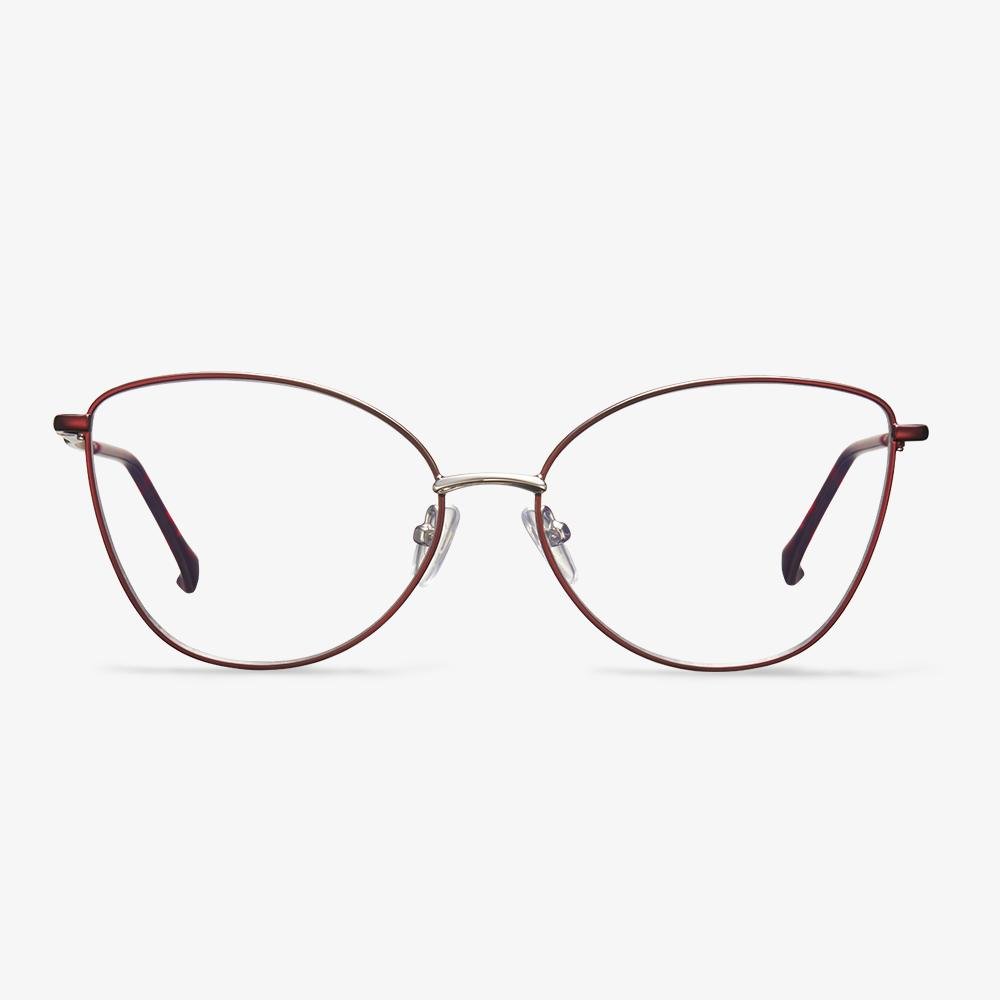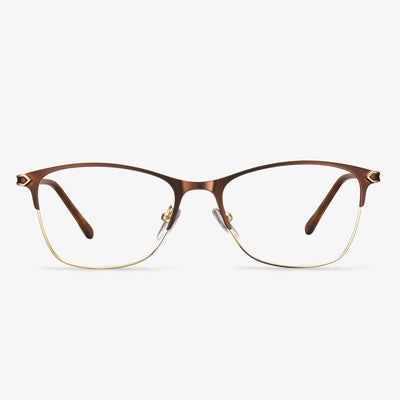What is the cheapest way to buy prescription glasses?
After the examination, you will bring your optometry sheet and go to the optician to match your glasses. Note that the optical shop has professional qualifications. The refractive index of the resin lens, such as 1.49, 1.56, 1.61, 1.67, and so on, mainly depends on the degree. If the degree is not high, 1.56 will do. In addition, the sophisticated store will also measure the nose height, nose width, the distance between the eyes and ears, and the forward angle of the frame, which are also indicators of whether the glasses are comfortable to wear. It is recommended to try them on after they are fitted, and the time to try on them should be longer, so as to determine whether the glasses are suitable.
Orthokeratology
Orthokeratology is a type of surgery that corrects the eyesight of the eye. It improves daytime vision through a rigid, highly breathable contact lens. Orthokeratology is the use of the principle of reverse geometry. Change the curvature of the cornea with orthokeratology lenses, to achieve the effect of non-surgical vision correction and prevention of myopia.
Although it can effectively improve vision, it still cannot solve the sequelae of high myopia, like macular degeneration and retinal detachment. Orthokeratology lenses were initially used by patients who wanted to temporarily go without glasses, so the websites of orthokeratology lenses in the United States continue to sell them primarily to young people and people who love sports.
Problems you may encounter when wearing your glasses.
The glasses are too tight. They clamp to the temple. Glasses slip easily. Too long or too short at the bend, and there are too small contact areas of the nose pad. Glasses are too far from the eye, and the lenses are crooked or asymmetrical. These are some of the problems you may encounter when wearing glasses.
What are memory metal frames used for?
Bendable glasses can be used by anyone who is afraid of breaking their glasses, breaking their frames, or bending their legs. In addition, the metal has high strength and elasticity, which can be tossed around freely. It is more durable, allowing the wearers to have comfort and freedom. Don't worry about having to change your glasses every time you sleep, sit on them, or drop them. They are best suited for children.
How To Use Contact Lens Correctly?
Check your eyes for abnormal cases. Do your eyes sting or dry? If so, it is recommended not to wear contact lenses for the time being. Look in the mirror to see both eyes carefully, if it is red and swollen or if is both eyes full of bloodshot? If you do, you can no longer wear contact lenses, and you can go to a professional store for inspection. After putting on the contact lenses, block the left and right eyes respectively to see if the vision of one eye is clear. If the eye vision has decreased or blurred, check if the lens is dirty. If the lens is still the same, you should go to a professional store to find out the reason.
What is a progressive lens?
A progressive lens is a lens whose upper sides are used to see far, and the lower side is used to see near. The distance from the fixed distance power above the lens to the near power fixed below the lens does not change suddenly, but a gradual transition between the two through the gradual change in refractive power.
Standard progressive lenses are multifocal lenses with three observation areas, farsightedness, intermediate vision, and nearsightedness. Unlike bifocals, there are no visible lines between each viewing area. They have a seamless, invisible design, where the optical power changes 'gradually' throughout the lens. Many people confuse 'bifocal' or 'trifocal' with 'progressive' but remember that bifocals and trifocals have visible lines in the lens, while progressive lenses do not. Because progressive lenses have no lines in the lens, they are more popular multifocal lenses than bifocal lenses. However, is progressive lens good for eyes?
Ways to improve driving at night
-
Check your eyesight and glasses regularly to ensure that your eyesight and the glasses you wear are in the best condition.
-
Clean the stains on the glasses before driving. The stains on the glasses will aggravate the glare.
-
Clean the windshield before driving at night to eliminate the hidden danger of glare.
-
Replace the wiper regularly.
-
Keep your vehicle headlights clean and free of dirt.
-
Do not drive for a long time, eat more foods that are good for eye health, and perform proper eye care.
-
If you feel that your night vision is reduced, you should go to the hospital for help in time.
In fact, if your eyes are healthy and you have no vision problems that require prescription glasses to correct, then the best glasses for driving at night is to not wear glasses at all. On the other hand, if you need prescription glasses because of myopia, hyperopia, or astigmatism, choose clear corrective lenses with an anti-reflective (AR) coating. These lenses can let almost 100% of the visible light into your eyes, can allow your eyes to correctly focus on roads and other obstacles at night, can reduce or eliminate the glare from street lights and headlights. Because they are based on your personal prescription, they provide the best vision for your eyes.











































